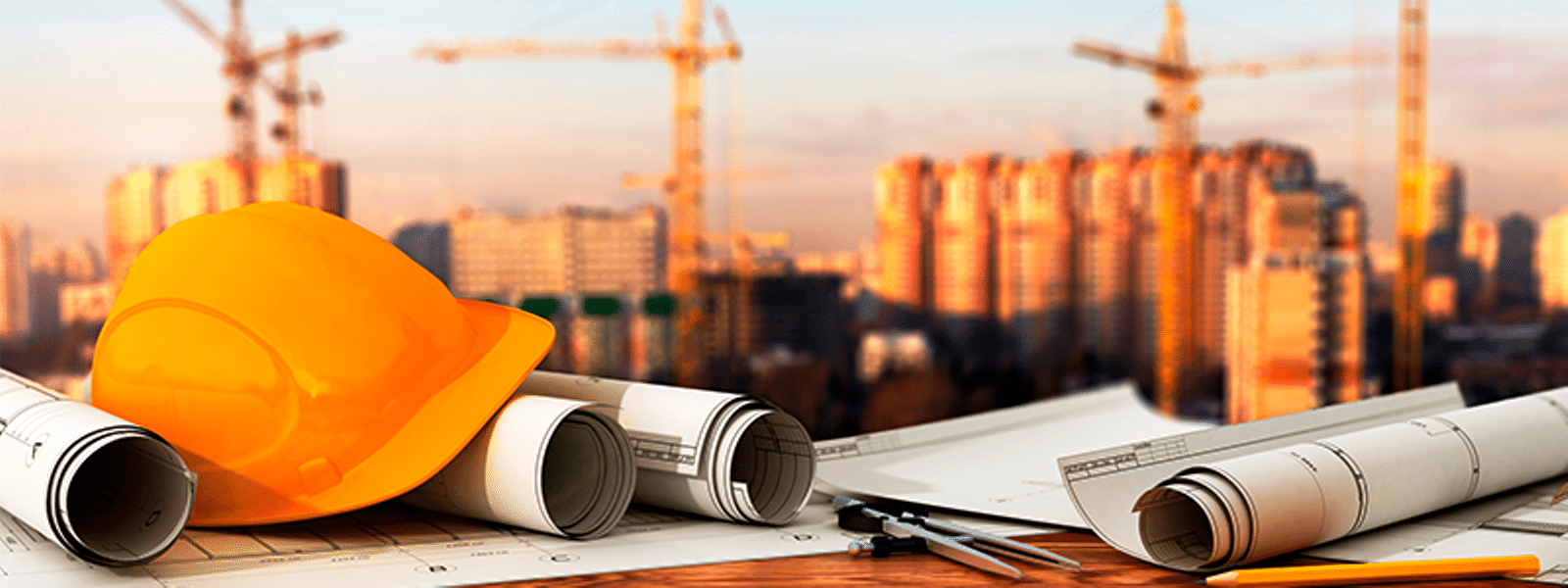Lecture: 3
Tutorial: 1
Practical: 4
Year: I
Part: II
Course Objectives
The objective of this course is to introduce student to the fundamentals of surveying which is basic to all Civil Engineering Projects. In this course, specific emphasis will be given to plane surveying. This course provides basic knowledge of land measurement and surveying techniques to civil engineering students, and make them to learn and understand the theory and field procedures by applying suitable surveying methods to produce map.
1. Introduction (3 hours)
1.1 Definition of surveying
1.2 History of surveying
1.3 Principle of surveying
1.4 Classification of surveying
2. Distance Measurements (6 hours)
2.1 Units and methods of linear measurements
2.2 Significant figures and rounding of numbers
2.3 Accessories for linear measurements
2.4 Method of distance measurement on fairly level and sloping ground
2.5 Types and sources of error, accuracy and precision
2.6 Scales and its classification, plotting accuracy and factors selecting scale
3. Basic Surveying Techniques (3 hours)
3.1 Introduction to chain surveying
3.2 Principles, offsets and field booking of chain/offset surveying
3.3 Principle, accessories and method of plane table surveying
3.4 Advantages and disadvantages of plane table surveying
4. Compass surveying (5 hours)
4.1 Introduction
4.2 Direction of line and meridian
4.3 Bearing and types of bearing
4.4 Calculation of angle and bearing
4.5 Local attraction
4.6 Compass traversing and calculation
4.7 Plotting and graphical adjustment
4.8 Sources of errors
5. Levelling (10 hours)
5.1 Terms & definitions and importance of levelling
5.2 Principle of levelling
5.3 Types / Methods of levelling
5.4 Equipment of levelling
5.5 Temporary and permanent adjustment of level
5.6 Two peg test
5.7 Booking and calculation of reduced level
5.8 Classification of levelling and criteria for different levelling
5.9 Reciprocal levelling and precise levelling
5.10 Calculation of fly levelling, loop levelling and adjustment
5.11 Refraction and curvature correction
5.12 Sources of errors in levelling
6. Modern Surveying Techniques (7 hours)
6.1 Theodolite
- 6.1.1 Basic definitions
- 6.1.2 Construction principles and parts of theodolite
- 6.1.3 Temporary adjustment of theodolite
- 6.1.4 Measurement of horizontal and vertical angles by direction and repetition method
- 6.1.5 Errors in theodolite and field instructions
6.2 Electronic Distance Measurement (EDM) - 6.2.1 Classification of EDM
- 6.2.2 Working principles of EDM
- 6.2.3 Errors in EDM
6.3 Total Station - 6.3.1 Introduction and features
- 6.3.2 Electronic data recording procedures
- 6.3.3 Uses of total station and field procedures
7. Triangulation and Trilateration (3 hours)
7.1 Principles of triangulation and trilateration
7.2 Classification of triangulation and trilateration system
7.3 Instruction to field application
8. Tacheometry (5 hours)
8.1 Introduction, uses and importance
8.2 Principle of optical distance measurement
8.3 System of tacheometry: stadia; tangential for vertical staff and horizontal subtense bar
8.4 Field problems and instructions
9. Plotting and Mapping (3 hours)
9.1 Plotting of map, L-section, Cross section
9.2 Plotting and mapping software
9.3 Comparison of manual plotting and computerized plotting
Tutorial (15 hours)
- Distance measurements (Construction of diagonal scale and problem related to shrunk scale) (2 hours)
- Compass surveying (Calculation of bearing to angle and angle to bearing; computation and correction of bearing for close loop close traverse and link traverse for different cases) (3 hours)
- Levelling (Calculation of field book by HI and Rise fall method; problems on missing data; two peg and reciprocal levelling; fly level, profile level and loop levelling problems) (6 hours)
- Modern surveying techniques (Calculation of horizontal and vertical angles for different set of angles) (2 hours)
- Tacheometry (Calculation of different problems related to stadia, tangential and subtense bar method for the staff vertical case only) (2 hours)
Practical (60 hours)
- Horizontal, vertical and slope distance measurement on fairly level and sloping ground by using tape and Abney level (8 hours)
- Compass traversing and detailing by compass and offset method (8 hours)
- Two peg test and fly levelling (8 hours)
- Profile and cross section levelling (12 hours)
- Measurement of horizontal and vertical angles by directional method (8 hours)
- Two set horizontal angle measurement of polygon by total station by manual recording (8 hours)
- Digital data recording by total station for the close traverse and plotting (8 hours)
References
- Bannister, A., Raymond S., Baker R. (1998). Surveying 7th Edition, Pearson.
- Punmia B.C., Jain A.Kr., Jain A.K. (2005). SURVEYING VOL. I; VOL II & VOL III, Laxmi publication.
- Wolf, P.R., Brinker, R.C. (2010). Elementary Surveying, Harper Collins college publishers.
- Basak N.N. (2004). Surveying and Levelling, Tata McGraw-Hill Education Pvt. Ltd.
- Agor R. (1980). A Text Book of Surveying and Levelling, khanna publisher India.
- Duggal S.K. (2013). Surveying: Volume 1 & 2, Tata McGraw - Hill Education.
- Dhakal B.B., Karki B.K. (2019). Engineering surveying I & II, Second edition, Heritage publication and distributors.
- Basnet N., Basnet M. (2011). Basic Surveying I & II, National Book Center.
